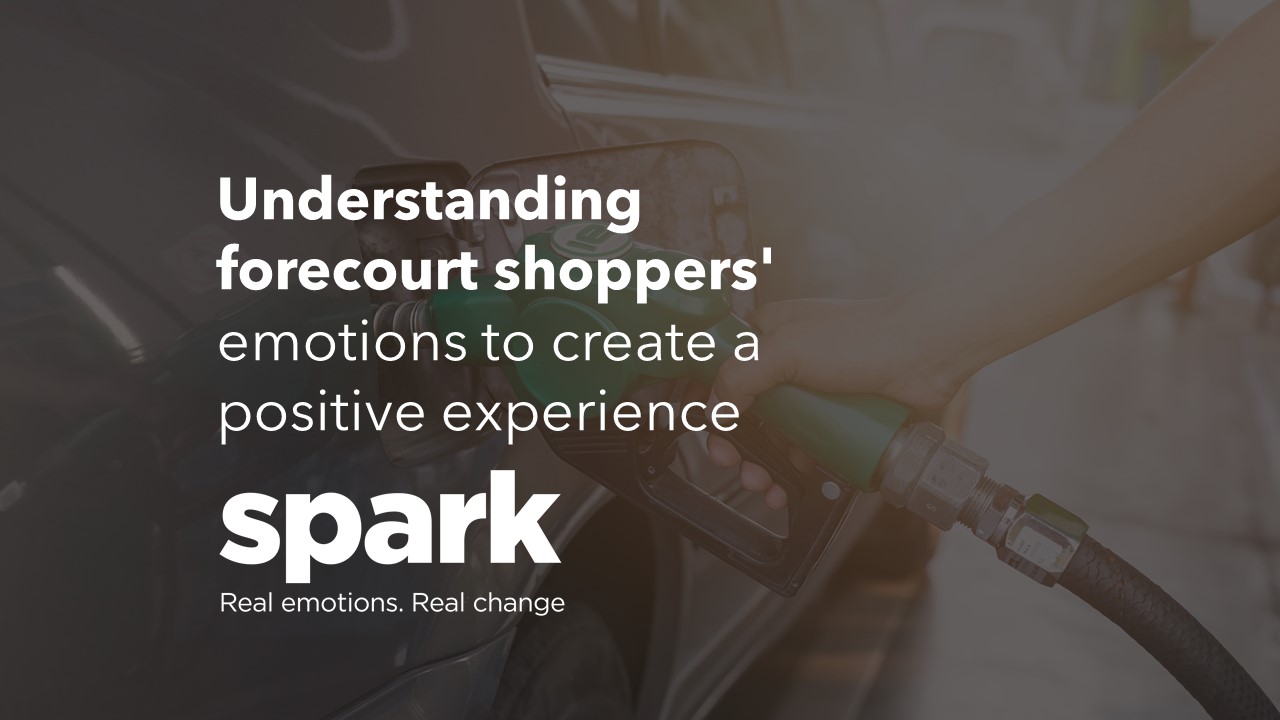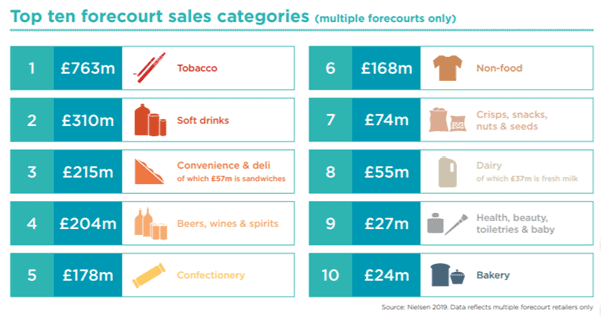Throughout this year we have seen shopping behaviour change significantly. Whether that is more people shopping online or shoppers visiting the supermarket less regularly. At Spark Emotions, we wanted to understand how this impacted the convenience sector, with a focus on understanding forecourt shoppers.
Spark Emotions is a specialist market research agency and we are experts in understanding shoppers. We are a team of consumer psychologists and industry leaders that help you to grow your business by understanding the science behind human behaviour. We have worked with some of the world’s leading brands helping them gain a better understanding of their customers
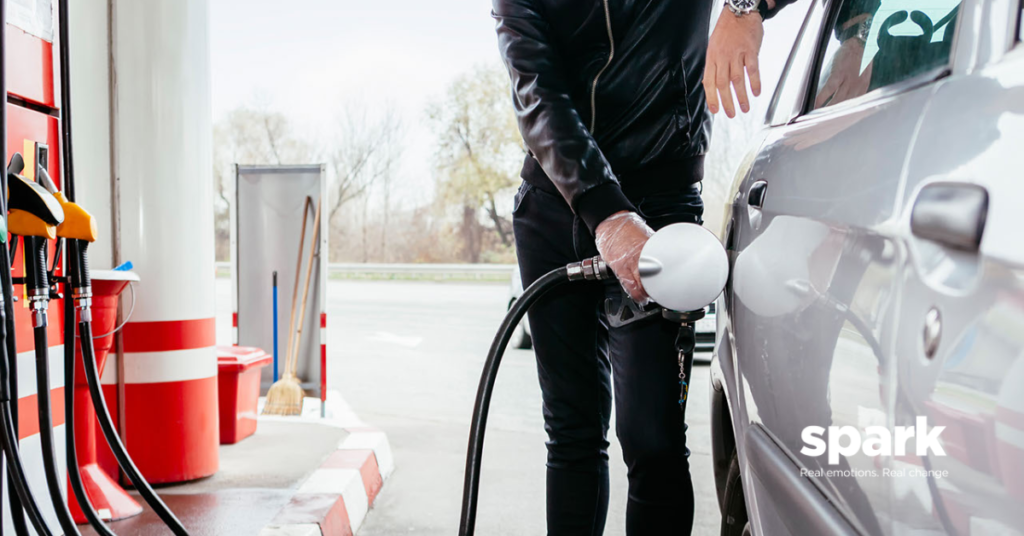
Filling up your vehicle is seen as a chore
Filling up your vehicle with fuel is considered a burdensome task by many. Whilst it is a necessity for every driver; that is 75% of UK adults aged over 17, there is something about the friction caused in the fuel mission, that has turned this menial task into a real chore for the consumer. This friction includes inconveniences such as having to detour to get fuel, having to get out of your car, as well as both the time and cost involved in the task.
When looking at improving the forecourt sector by understanding forecourt shoppers, the initial and obvious task would be to improve the consumer’s experience of filling up their vehicle.
Since there may be no getting around the fact that this is not a very exciting task, it is important to look at either reducing the friction, or increasing the reward.
In many respects, forecourts have come on leaps and bounds in reducing friction, particularly with the introduction of pay at pump. Similarly, the growing number of locations means that the distance required to detour has reduced. Both of these progressions have massively improved convenience, but why stop there?
Selling items outside of fuel is crucial to the sector
It is important to not only think about fuel when considering people’s experiences in forecourts. Around 88% of forecourts in the UK have shops attached to them, and sales of items outside of fuel are contributing significantly to the overall revenue of the forecourts industry.
As people’s lives are getting busier and time is considered precious, more and more people are prioritising speed and convenience when it comes to age old tasks such as shopping. Forecourts can therefore be seen to stand in an opportune position to reap the benefits from these ever-increasing convenience shopper missions.
However, one vital barrier exists. That is the reputation around shopping in forecourts, and both the expense and insipidness associated with them.
Shopping at a forecourt is seen negatively
To help us with understanding forecourt shoppers, we asked people to describe shopping at a petrol station (for anything other than petrol) in one word. We did indeed see the word ‘convenient’ come up a lot, but similar numbers of people said negative words such as ‘Expensive’ and ‘Boring’.
On the whole, the picture painted of forecourts was that of a fairly bland and lifeless landscape that consumers appeared to lack any kind of enthusiasm towards.

Tapping into the convenience mission
In order to tap into the convenience mission, forecourts must look towards the emotional experience of consumers. Whilst they may be ticking the convenience box, they are seriously lacking in other areas.
At Spark Emotions, we have developed a tool in which we can plot the emotional experience of a shopper on a scale and gain a scope of how the shopper is feeling. Our Spark Emotional Wheel includes the measurements of three key components: Enjoyment, Excitement, and Control. A multitude of in-depth emotions then fall between the overarching three.
We can find the optimum position for our shoppers on the scale by establishing the perfect balance between the three key emotions, we would then get to work on increasing/decreasing the relevant emotion(s) in order to reach this balance.
For example, if shoppers felt high levels of enjoyment and excitement in their journey, but did not feel in control, we would look to increase this control by introducing more instruction/help, or simplifying a fixture etc.
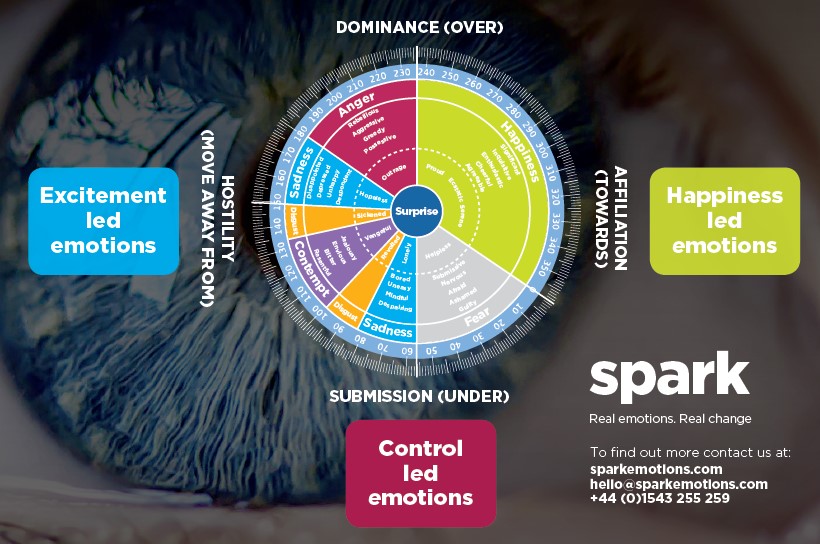
From our research into forecourts, we can establish from words used by consumers, that while the control aspect may be there, shoppers appear to be lacking in enjoyment, and particularly arousal.
With the added barrier of expense, increasing enjoyment and excitement should be where forecourts are placing their focus, not only to establish the optimum emotional balance, but also to lessen the impact that expense is having, as shoppers would be more willing to part with their money during a positive shopping experience.
As Shell UK Retail suggests, ‘success will come from offering our customers greater convenience by fitting in with their hectic lifestyles, giving them more product choice and providing better, smoother shopping experiences’.
Enjoyment and engagement are vital in any shopping experience. It is about building a repour and establishing an equilibrium that makes shoppers feel comfortable and happy to spend their money.
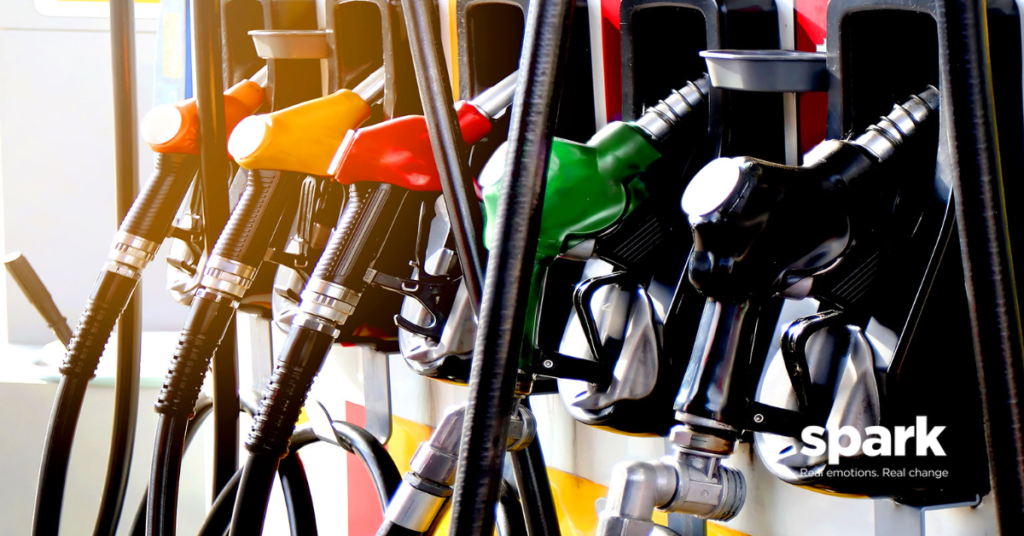
What is driving these emotions
From a psychology lens, there are many techniques that could help drive these emotions. Improving Processing fluency is key in increasing engagement in-store. Research has shown that a product/advert/display that is easier to process (not objectively better) is more likely to be seen as:
- More familiar (mere exposure)
- More truthful (legible arguments)
- Less risky (stocks/rides)
- More beautiful (contrast)
- More trustworthy (fonts)
In essence, it is making shopping ‘more brain friendly’ during the three key shopping stages…
Finding: shoppers should be able to find what they want as well as discover new things they may not have been looking for (conscious and non-conscious goal seeking).
Choosing: Shoppers need to be provided with an amount of choice so that they can competently make ‘the right decision’.
Paying: The pain of paying needs to be low enough that it doesn’t become too much.
Another useful approach is the Peak-End rule. Shoppers will not remember every aspect of their experience and thus will not evaluate the experience rationally. We remember the peaks (positive or negative) as they are highly emotional, and we remember the end of the experience because it is more recent.
Currently in forecourts, consumers are often experiencing negative peaks, such as reacting to the inconvenience of having to stop for fuel, noticing the expense of products, having a lack of choice/struggling to find what they want. To counter this, forecourts need to evoke more positive peaks.
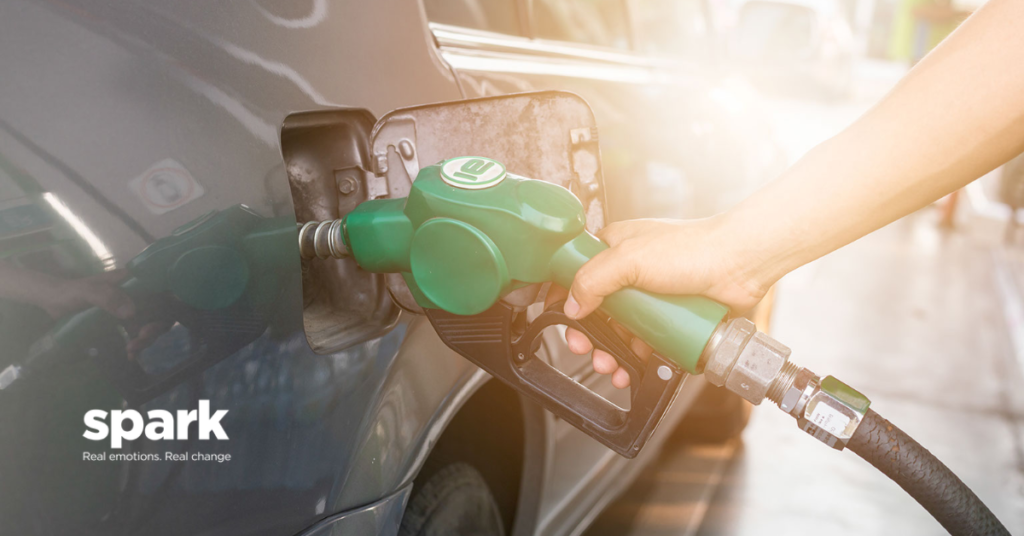
Health is key
A final point worth considering, is the ever-increasing awareness of health. We are becoming much more conscious about what we are putting in our bodies and how it is impacting our health.
During the forecourts research into understanding forecourt shoppers, the word ‘unhealthy’ was recalled several times, and many others merely associated forecourts with Sweets, Chocolate, and Snacks.
Aside from the reputation built around unhealthy products, people also noted a lack of quality in both products and the stores themselves.
Forecourts should be working to change these views, placing emphasis on health, whether this be through a focus on local produce, emphasising fresh products, or simply calling out the different options for shoppers.
By refreshing the image of forecourts, in turn, both prices will appear more reasonable, and opinions around quality will inevitably change.
The shopping experience is still important
We know that consumers want to buy and do things in a quick and convenient way, but they are not necessarily willing to overlook the quality or enjoyment of the overall experience.
If forecourts can work to find the balance between convenience and experience, they should succeed in evoking more positive emotions in shoppers, building loyalty and encouraging return.
With the age of electric cars looming, and petrol and diesel expenditure set to diminish, it is vital that companies embrace this opportunity to revitalise the forecourts landscape, and turn these menial tasks and top up missions into positive consumer experiences.

Written by Holly Adams, Insights Manager at Spark Emotions.
If you have any questions, feel free to reach out to Holly via email holly.adams@sparkemotions.com or connect with her on LinkedIn



